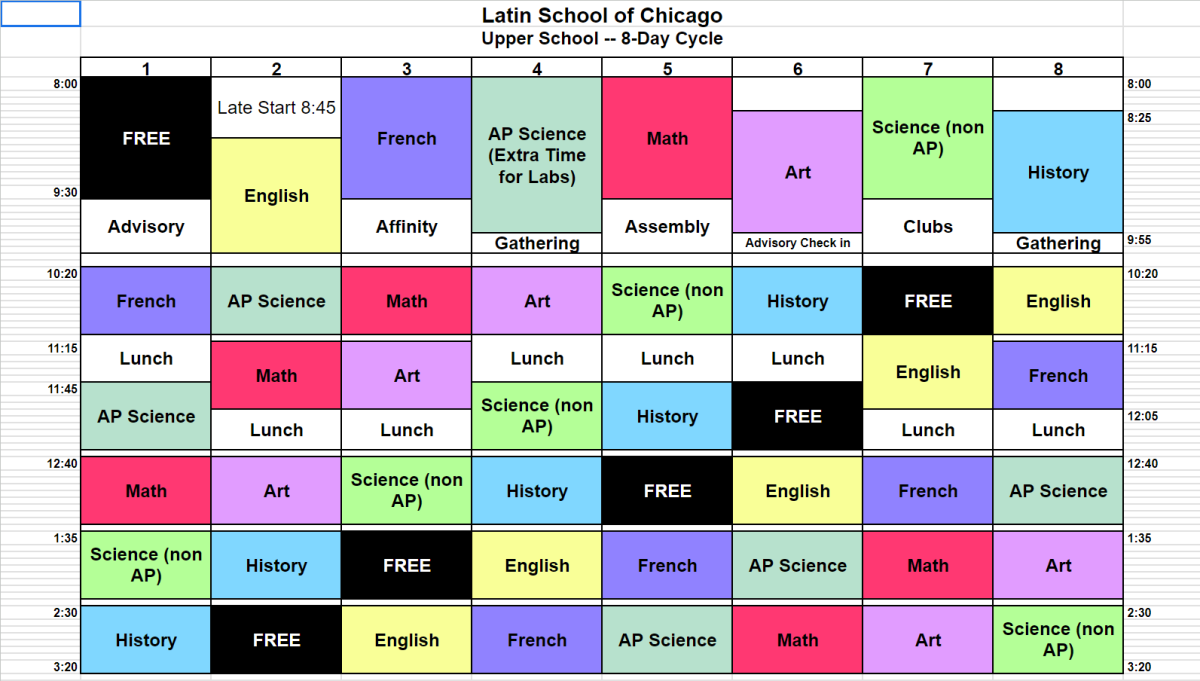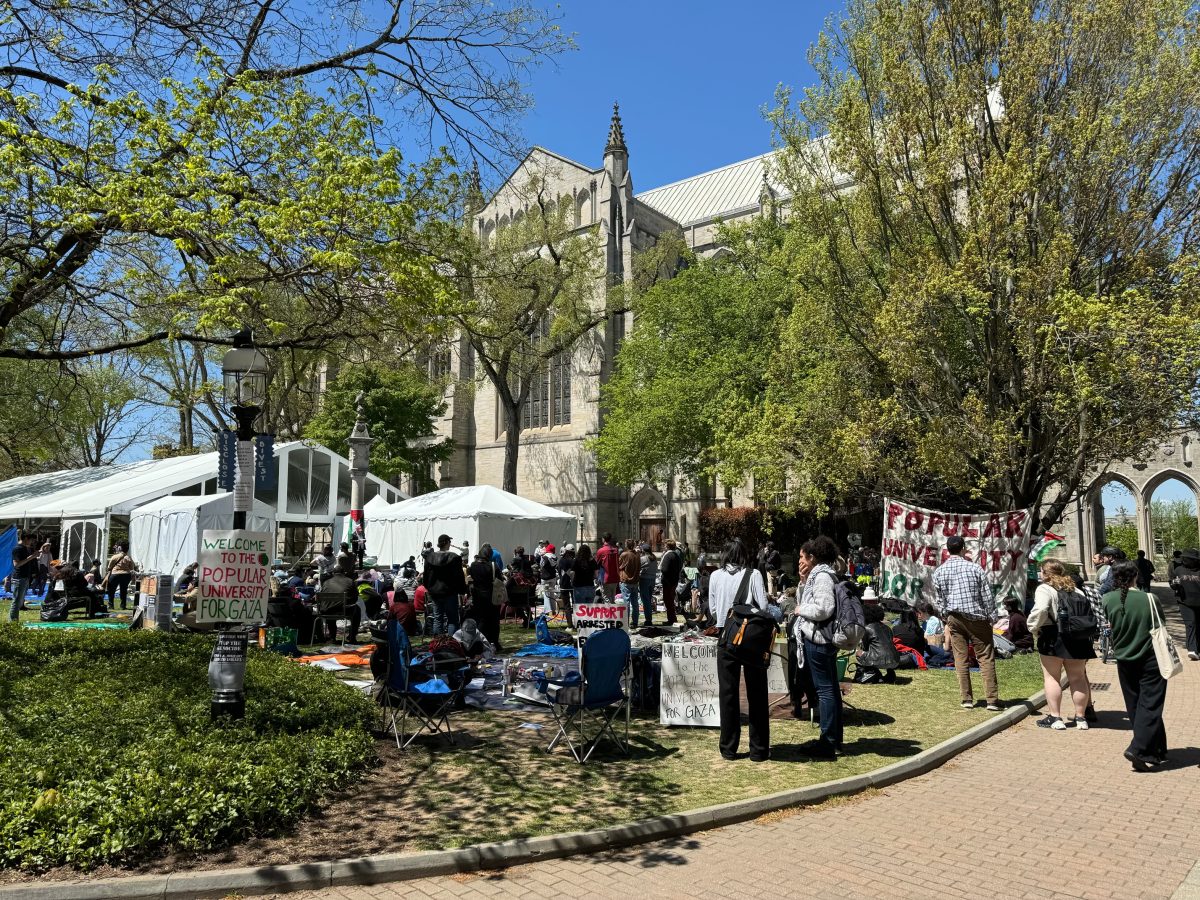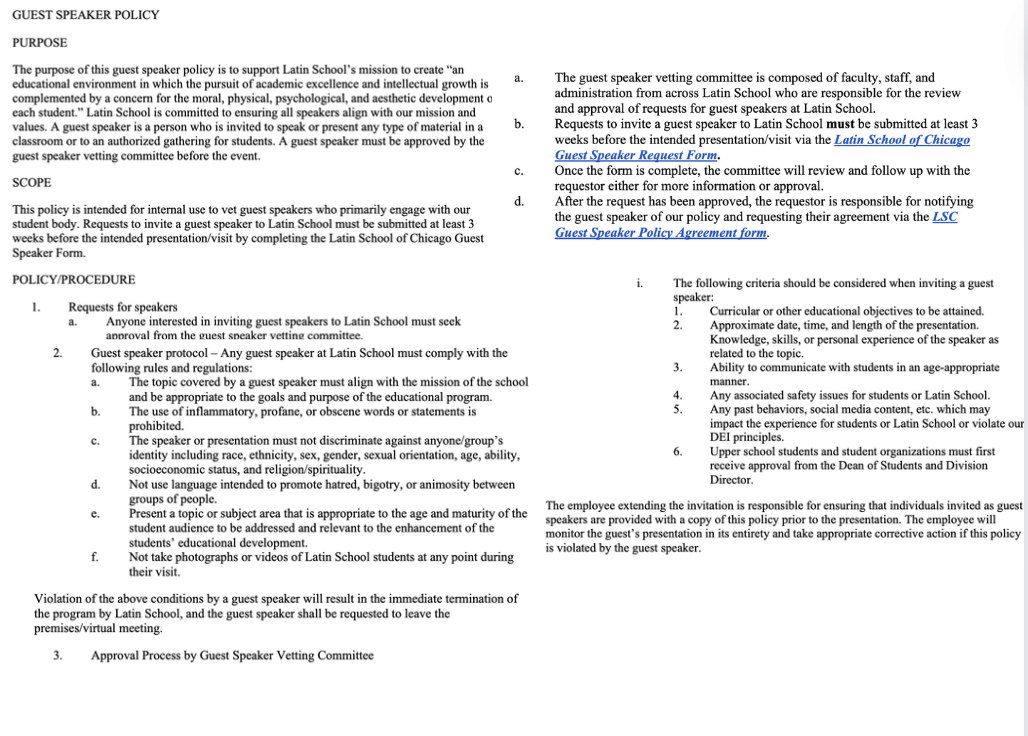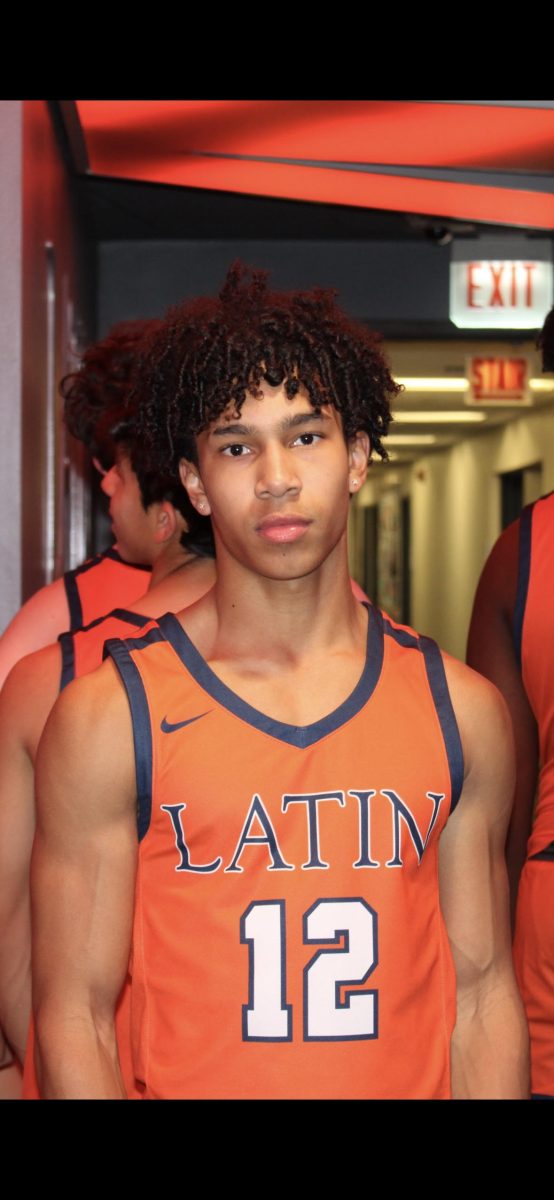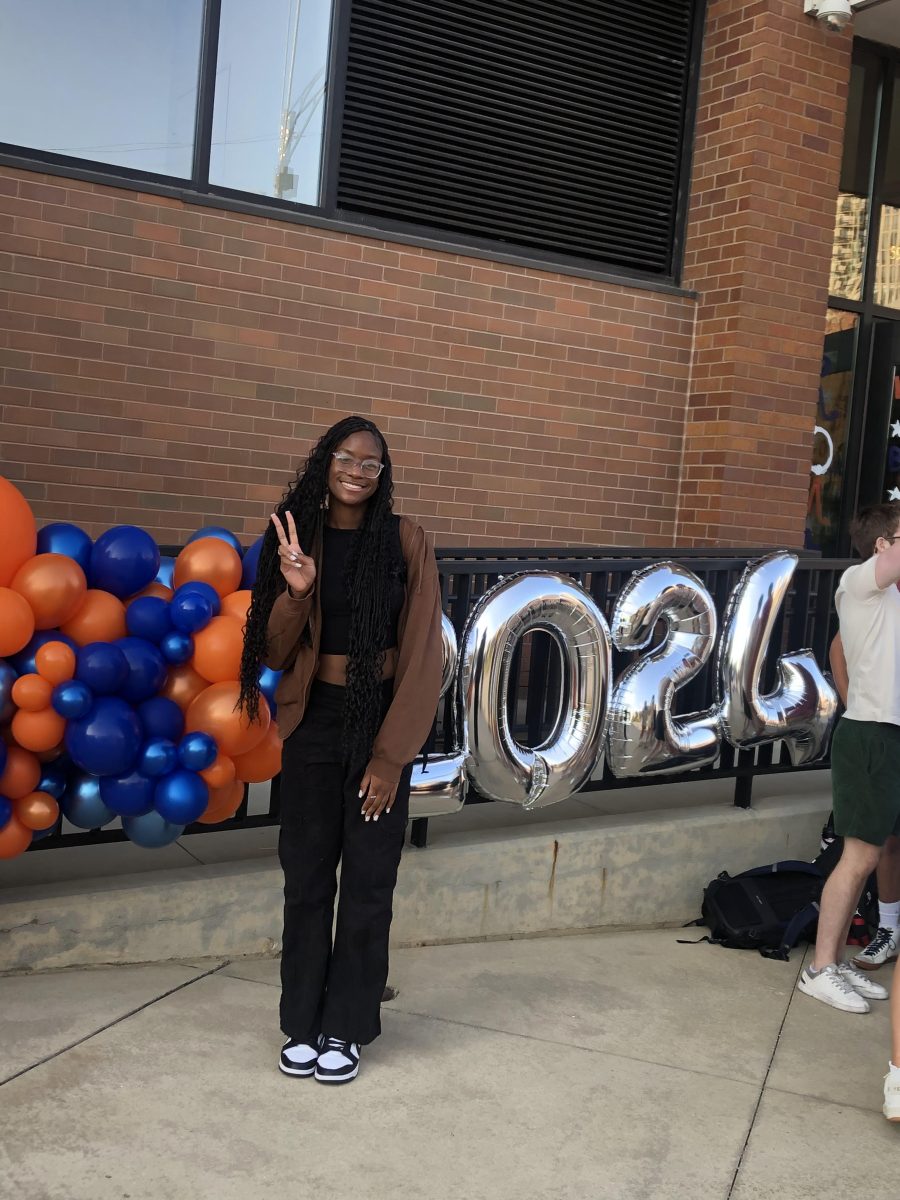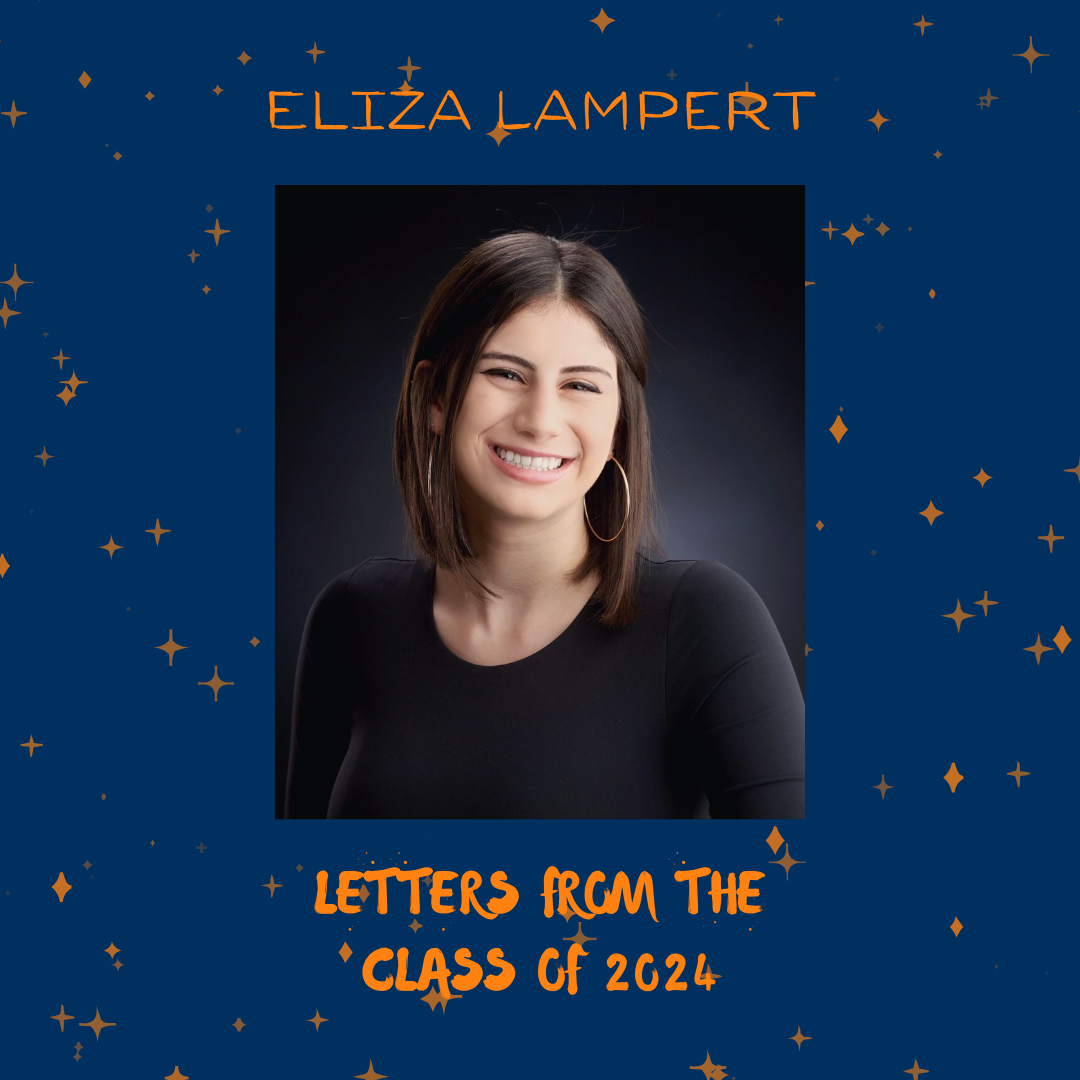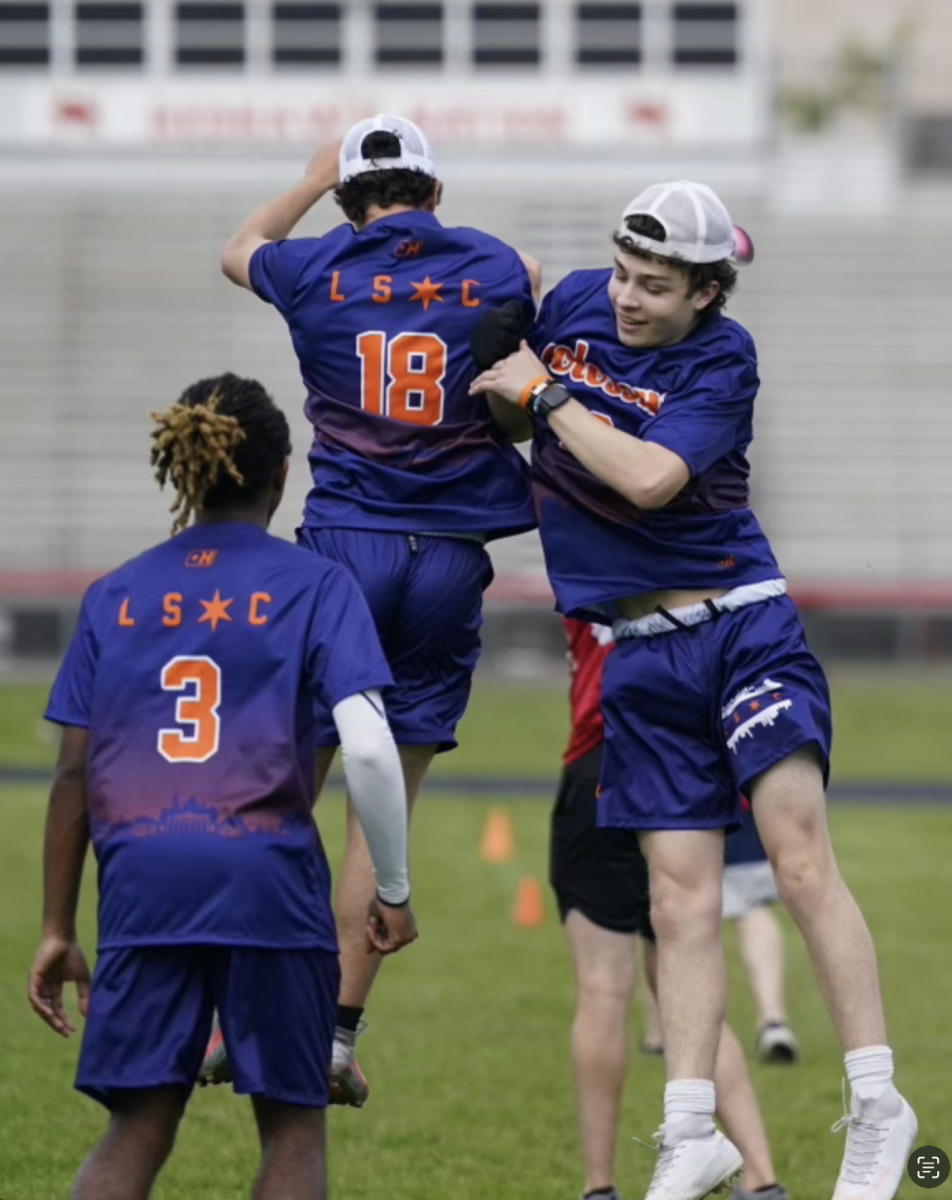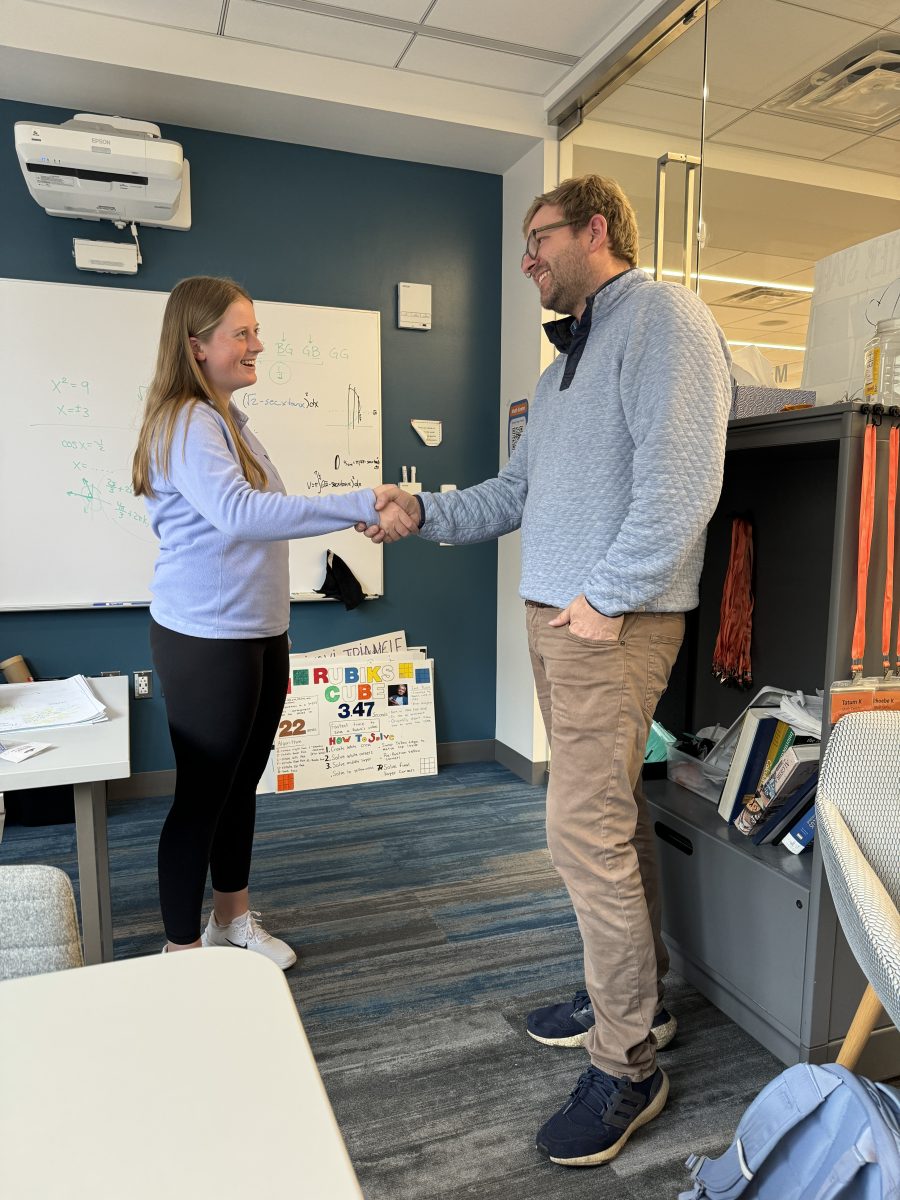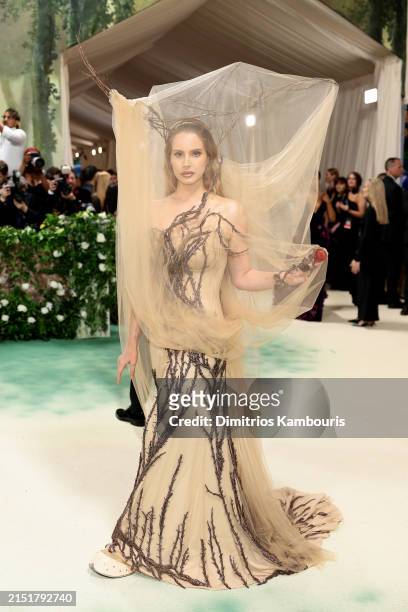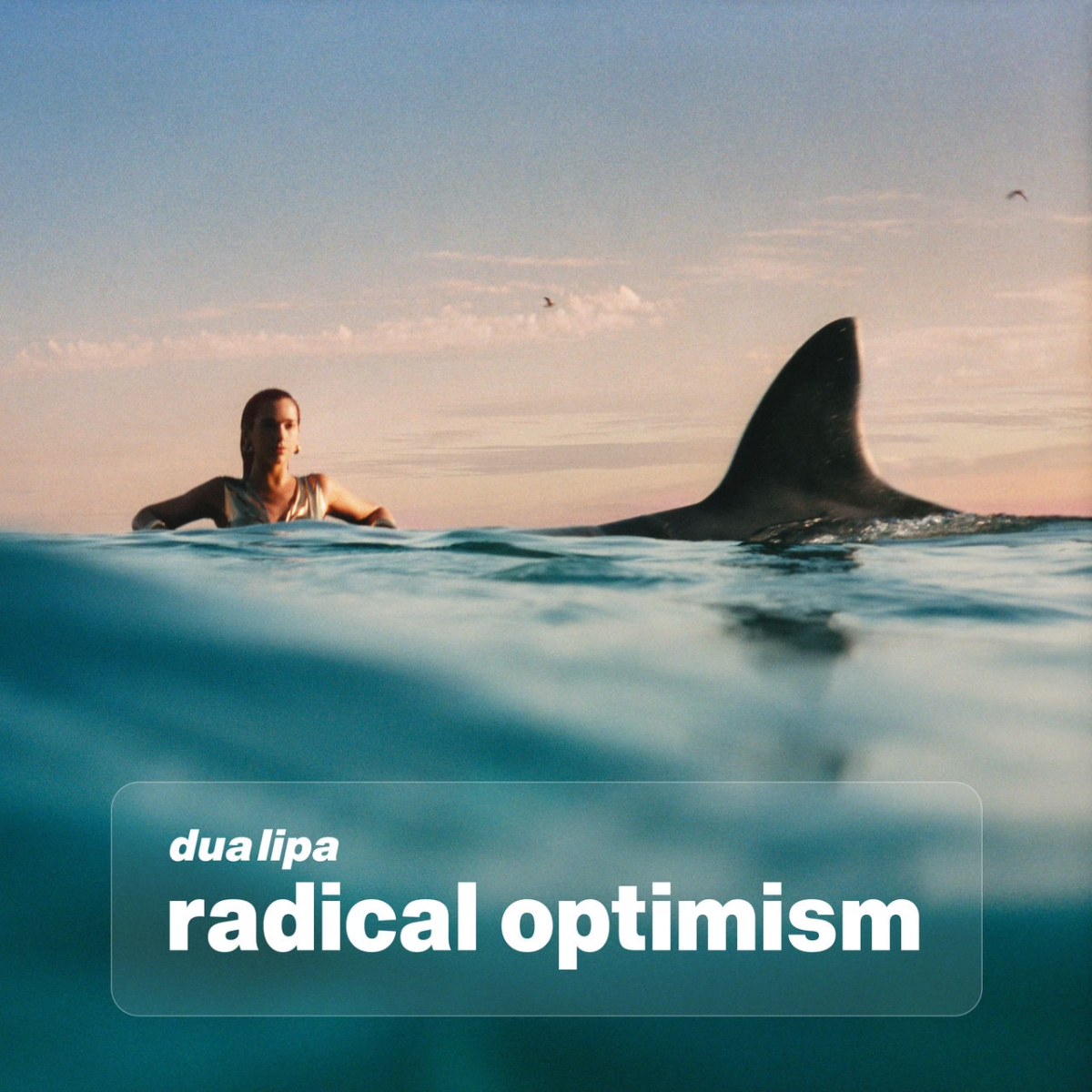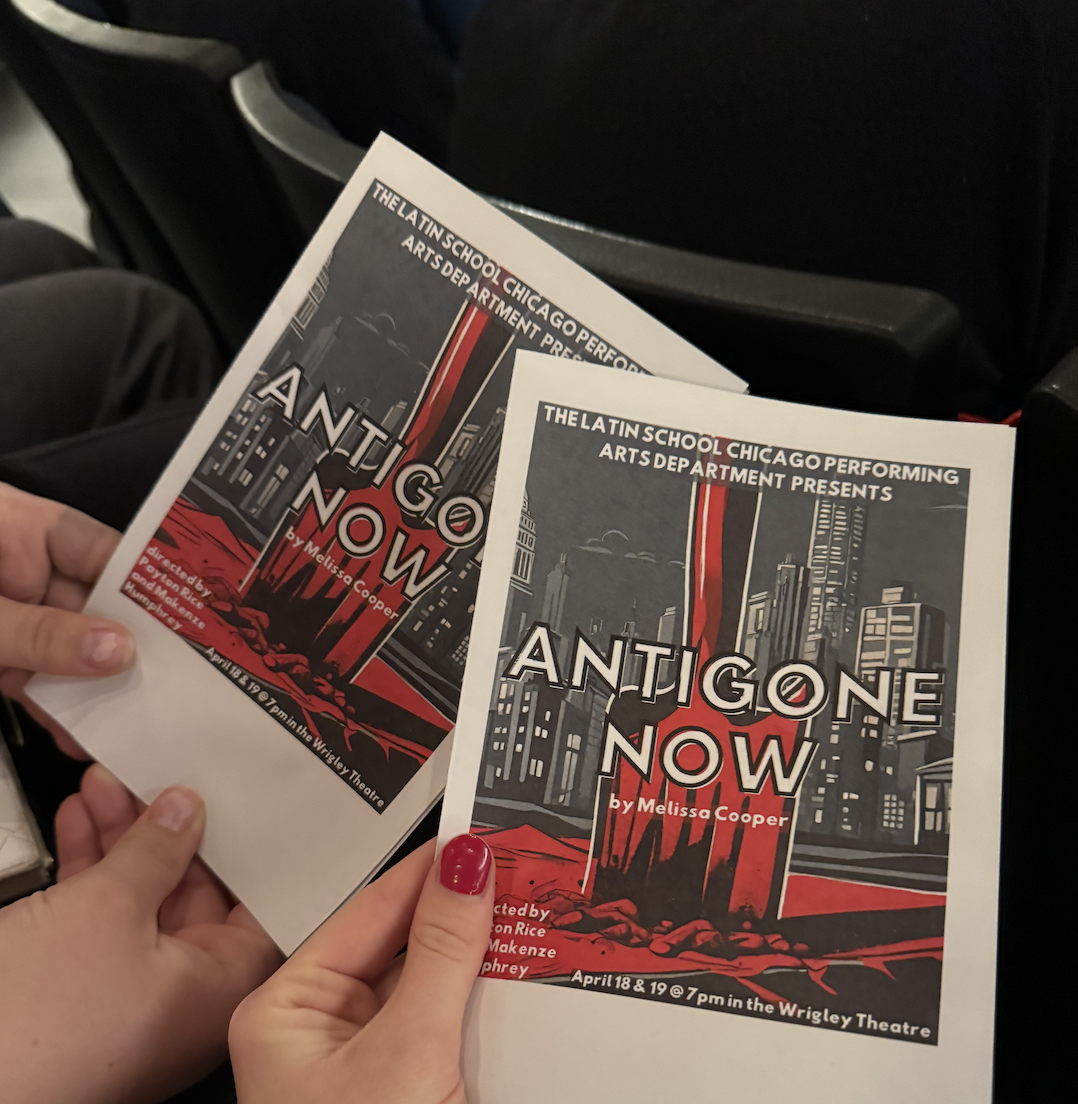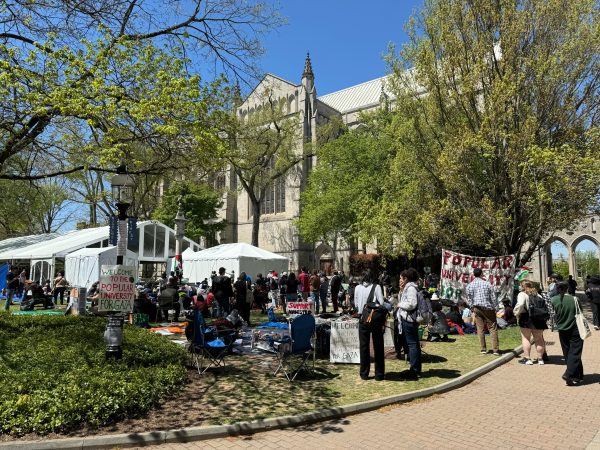Credit Inequality: Why Latin’s Artists Should Receive Recognition
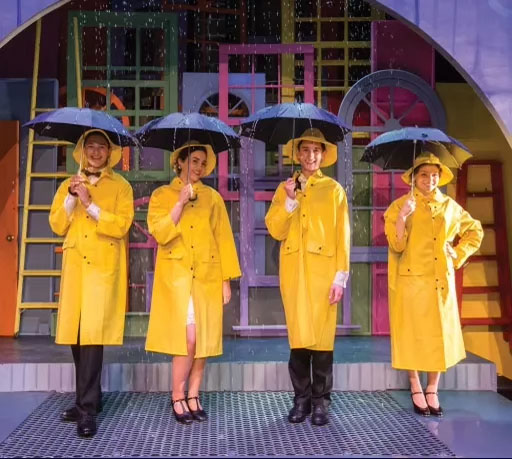
Cast members of the Upper School musical in 2019, Singing in the Rain.
Student athletes at Latin are able to get through the entirety of their high school careers without taking a PE class outside of ninth grade wellness, yet visual and performance student artists are not afforded the same treatment in regards to arts credits.
Many of Latin’s thespians and musical artists also spend a vast amount of time practicing their craft outside of Latin and yet are again not given any recognition or awarded any credit.
Junior Cole Hanover, a consistent actor in Latin’s plays, said, “I think it’s only fair that if pursuing [Latin athletics] leads to PE credits, then arts outside of school should lead to arts credits. Especially because if you’re committed to your craft, it takes time out of the day that could potentially be spent on doing schoolwork, so the work you put in for that craft should be recognized, if not rewarded, by the school.”
It is notable that club sports do not count towards credits. Only school sports are recognized.
Nick Baer, chair of the Performing Arts Department, offered arguments for treating student athletes differently from artists. “In athletics, if you are on a team, even if you are not a starter, you are going to be practicing every day. You are going to be there for a certain amount of hours every day and that doesn’t change depending on your role,” he said. “If you are in a show, however, that might change drastically. If you are in a leading role, you have to be there every day for four or five hours a week, but a smaller role might have you there once a week for an hour.”
While a role further in the background might result in a smaller time commitment, they are still crucial to the play. As Director of Student Life and Interim Director of Athletics Tim Cronister said, “There are no small parts, only small actors.”
“I would say it always depends, like for example you could be a small role but your one scene is the scene that needs the most rehearsing,” Cole said. “Usually, the commitments are not too different, maybe at some points it’s four to five days a week versus two to four days a week.” He did mention, though, that every production is different, and it is dependent on what needs the most work per play.
Additionally, last year’s winter play, Play it Back, featured musical intervals throughout the online premiere, in which students who were not in the play took time after school to meet up and film videos as well as learn songs. Arjun Singh, a senior, spent 30 hours filming, editing, and putting together the music videos. He also spends around 10 hours a week practicing his craft, the drums. “I think I should [receive credit] because musical endeavors just like out-of-school sports should apply to credit because of how much time we put into it,” Arjun said.
Historically, and especially throughout the pandemic, there has been a divide between athletes and artists. As the country began to open up, sporting events were one of the first things to return, yet concerts and music instruction did not start in-person programming until recently. The Chicago Children’s Choir and Chicago Youth Symphony Orchestra started full in-person instruction last week.
“There is a huge pay gap,” said Band Director Cynthia Gradek. “People in the Chicago Symphony who are at the top of their field might get paid six figures versus your athletes who fumble the ball get millions of dollars. Somebody who misses a note might not have their job the next day.”
Andy Levenberg, music director of School of Rock Chicago, said, “Sports and arts teach a lot of the same lessons—discipline, focus, teamwork, and so on. It does seem that school boards are quicker to cut arts funding than scale down athletics. Many schools feature dozens of different sports teams, but maybe only three choices for, say, music—orchestra, marching band, or jazz band.”
Is Latin encouraging this gap by allowing athletes to earn credit, but not giving the same opportunities to artists?
Joe Edwards, dean of 11th and 12th grade students, raised another concern. “The art credits are graded and go on a transcript, and PE credits are not graded and do not go on a transcript,” he said. “You don’t see a quarter of this or a season of that. You just have a notation that says all students fulfill PE requirements toward graduation. If you are going to put something on a transcript, there has to be a quantifiable something there.”
For example, ninth grade wellness is a pass-fail class, but Global Studies Visual Arts is graded and appears on a student’s transcript.
Mr. Baer added, “It’s difficult for us to know what the rigor of a course is outside of our school without working with that program and that teacher.”
There is the concern that students may try to cheat the system in order to be exempt from taking arts courses if they are not particularly passionate about the arts. However, it seems as though students and their instructors would be up for the challenge to find a system that is trustworthy and effective.
Levenberg said, “I sign off on volunteer service hours when students help out with our younger programs, and I don’t think it would be any different signing off that a student is engaged, practicing, and making progress in our program.”
Latin is known for the variety of classes and the flexibility of student schedules to help students identify and pursue their passions. But those who spend an immense amount of time working on a particular craft out of school may not want to spend extra time on it inside of school.
“If you are very dedicated to your arts, you likely already spend lots of time on arts and would like to take a different class at school,” said junior and classical pianist Kimiko Darcy. “Latin offers such a wide range of classes, and one who greatly commits to arts outside of school would likely prefer to take advantage of that.”
Senior Leo Hoplamazian, another pianist, echoed Kimiko’s statement. “I’ve performed a public concert in Paris, a concert for the ambassador to the Czech Republic in Prague, and one for the opening of the Beethoven Museum in Vienna, and absolutely none of that can be recognized by Latin so that I could use my electives on something else that I would rather do than have to take Drawing 1.”
While students and teachers are at odds about whether outside arts endeavors should be considered for credit, it would not only foster an equitable arts environment but additionally offer up more course freedom for student artists.
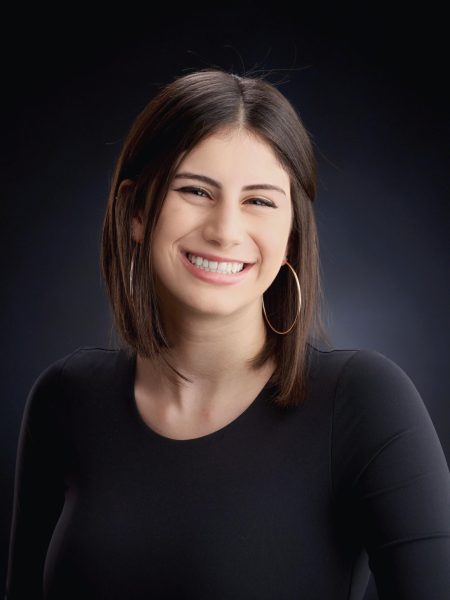
Eliza Lampert (’24) is a senior at Latin and is overjoyed to serve as one of this year’s Editors-in-Chief. During her time writing for The Forum, she...



